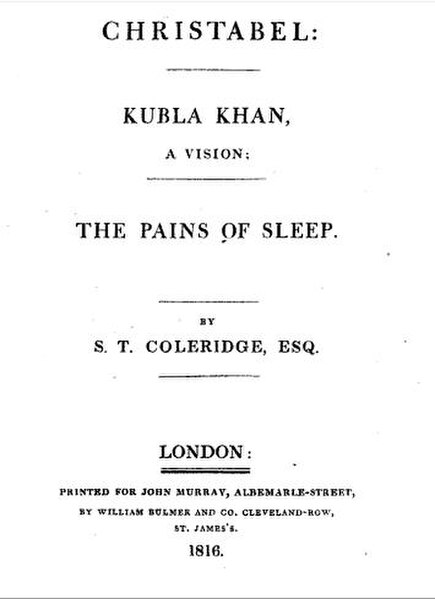Renée Vivien was a British poet who wrote in French, in the style of the Symbolistes and the Parnassiens. A high-profile lesbian in the Paris of the Belle Époque, she is notable for her work, which has received more attention following a recent revival of interest in Sapphic verse. Many of her poems are autobiographical, pertaining mostly to Baudelarian themes of extreme romanticism and frequent despair. Apart from poetry, she wrote several works of prose, including L'Etre Double, and an unfinished biography of Anne Boleyn, which was published posthumously. She has been the object of multiple biographies, most notably by Jean-Paul Goujon, André Germain, and Yves-Gerard Le Dantec.
Renée Vivien (left) and Natalie Clifford Barney posing for a portrait in Directoire-era costume
Otto Wegener circa 1900, portrait of Renée Vivien
Nicolas-Guy-Antoine Brenet [fr]; 1883 Alliance française medal awarded to Pauline Tarn, obverse
Reverse; inscription: ALLIANCE FRANCAISE MISS PAULINE TARN BELSIZE COLLEGE LONDON
Christabel is a long narrative ballad by Samuel Taylor Coleridge, in two parts. The first part was reputedly written in 1797, and the second in 1800. Coleridge planned three additional parts, but these were never completed. Coleridge prepared for the first two parts to be published in the 1800 edition of Lyrical Ballads, his collection of poems with William Wordsworth, but left it out on Wordsworth's advice. The exclusion of the poem, coupled with his inability to finish it, left Coleridge in doubt about his poetical power. It was published in a pamphlet in 1816, alongside Kubla Khan and The Pains of Sleep.
Christabel
"So halfway from her bed she rose, And on her elbow did recline to look at the Lady Geraldine." from The Blue Fairy Book (1891), ed. Andrew Lang; illus. H. J. Ford and Lancelot Speed. London, Longmans, Green and Co.



![Nicolas-Guy-Antoine Brenet [fr]; 1883 Alliance française medal awarded to Pauline Tarn, obverse](https://upload.wikimedia.org/wikipedia/commons/thumb/0/0e/1883_Alliance_fran%C3%A7aise_awarded_to_Pauline_Tarn_obverse.jpg/593px-1883_Alliance_fran%C3%A7aise_awarded_to_Pauline_Tarn_obverse.jpg)


